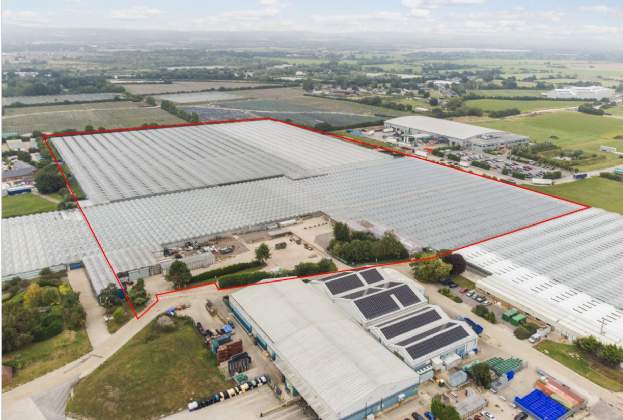Looking at the challenges facing the casual dining sector, you could be forgiven for thinking that the whole restaurant market is struggling against the current headwinds. However, while many chains have halted previously aggressive expansion strategies, right now in the UK the independent restaurant scene is in fact buzzing with activity.
The UK is not saturated with restaurants, as many might believe. It’s saturated with too many of the same restaurants at a time when consumers want variety and are seeking new experiences. As a result of the casual dining boom of recent years, consumers have never had so much choice yet are now constantly on the lookout for something new.
This is where independent restaurants fit in. While the industry comes to terms with the rapid decline in growth in casual dining, there is a constant flow of enthusiastic and creative entrepreneurs opening independent concepts in their own image, tapping into the desire for a unique and customisable offer.
Quality independents have the potential to reinvigorate a crowded market, as we have seen within the coffee sector. While branded coffee shops have doubled since 2011, artisan coffee makers are also having an impact, having seen a 41 per cent increase in 2017. Young entrepreneurs have taken advantage of the fact that despite global brands delivering decent coffee to the nation, for many the overall experience lacks authenticity.
The rise of individual restaurants in major UK cities has been remarkable, and unlike the casual dining market, has not been focused around leisure schemes and shopping centres. Instead, clusters appear around other independent shops and F&B operators, or in urban living or working quarters.
In terms of regional cities, Liverpool and Manchester top the growth charts when it comes to independent concepts, with both seeing a 25 per cent increase in F&B since 2014.
In Liverpool, the ever edgy Bold Street has seen a flurry of new restaurants and the market now extends up to Hardman Street towards the University. More recently, the thriving Northern Quarter in Manchester has seen its food offer spread east into Ancoats, an area of historic warehouses being redeveloped into city centre living and workspaces.
Elsewhere, Newcastle-upon-Tyne has witnessed a 16 per cent uplift in its offering, with pop-up street food venue Stack expected to evolve into a more permanent fixture, and Bristol’s Wapping Wharf has attracted 22 operators just over the water from the more mainstream Millennium Square.
In every city we are seeing similar trends igniting a thriving independent restaurant scene, often appearing in clusters and subtly infilling vacant retail units: Leeds’, Greek Street and Arena, Birmingham’s Jewellery Quarter and Snowhill, Cardiff’s Castle Quarter, Southampton’s Portswood Road, Glasgow’s Finnieston and Edinburgh’s Leith
While many A3 units in prime retail and leisure schemes remain unlet up and down the country, there is an important lesson afoot for landlords, both in terms of rent expectations and target tenants. Variety is the new destination and independent restaurants are a key part of the pie.
Further information



.jpg)

.jpg)

.jpg)
.jpg)
.jpg)
